Across the Sony-Verse:
Sam Surplice’s Animation Journey
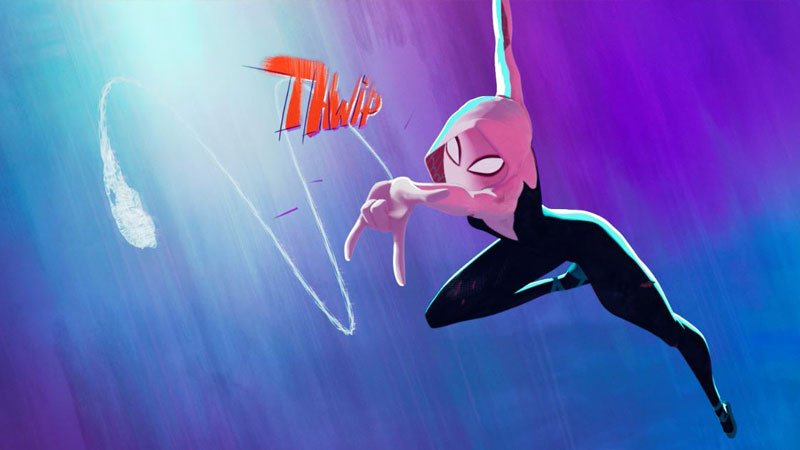
Sam Surplice is a senior animator with a professional journey full of twists and turns, with a surprising diversity of industries and projects. He recently sat down with WeAnimate to reflect on his career so far, trends and challenges in the industry, and his work on Spider-Man: Across the Spider-Verse, now available for streaming.

Spider-Man: Across the Spider-Verse © Sony Pictures
Where It All Started
I grew up in a rural part of the south of England, and was a creative kid who enjoyed drawing. I studied art and design in secondary school, but didn’t really plan to make a career out of it. I didn’t really have a plan at all. Then I met a Danish girl, which motivated me to move to Copenhagen and enroll at Truemax Academy. I jumped right from traditional 2D hand-drawn animation into 3D animation. It was like going from riding a bicycle to piloting a helicopter.
After a couple years, a friend and I dropped out of Truemax together. The school was really expensive, and we decided to use the money to work on our own instead. Online courses allow you to develop very specific skills, which I thought would be more practical than continuing at school. We got a little office in the meatpacking district of Copenhagen, and for about a year I worked on little one-off projects and took courses online, while working as a waiter in the evenings. I probably should have just gone to The Animation Workshop, but I still had a relationship in Copenhagen.
My first full-time animation job was for a medical company, animating training videos for CPR and things like that. The work was very clean and clinical, without an entertainment aspect, and our work had to please all these international customers. We would get very precise notes about how a character needed to point with one finger or two fingers, or how they needed to wear their socks or scrubs. It felt like a lot of nit-picking, but I think it was good for me to get some discipline and learn how to take direction.
I left that job in order to work on more entertainment-focused projects for Wil Film. I worked there for just over a year, and it was really fun. I worked on Lego projects like Ninjago and Lego Star Wars, and I didn’t just do pure animation; I also learned layout and previz and camera work, so I got a lot of filmmaking experience there. We had a very fast turnaround, so there wasn’t a lot of time to hone the character animation, but I enjoyed the filmmaking aspect, and the tight schedule gave the team something to bond over. We had our fair share of beers and became good friends.
From there I went to SYBO Games. It was a bit more money because it was the game industry, and had a bit more security and a more relaxed atmosphere. I worked on Subway Surfers and a few unannounced projects that were fun to work on, but I don’t think will ever be released. They treated me really well there, and let me pursue a lot of personal side projects.
One of those side projects was an online animation school called Animawarriors, where I met Jorge Vigara, who was my instructor, and became my friend. I actually teach for that school now, so it’s come full circle. I had a lot of ideas for things I wanted to try and to do, and was really pouring myself into these projects, and then Covid hit.
Just then everything happened at once. I finished the course at Animawarriors, and Jorge hired me to do some promotional work for the company. While that was happening, he casually asked me if I wanted to work at Sony. I said yes, of course. He gave me an email address, and one thing led to another: a few weeks later I got a job offer to go to Vancouver and work on Hotel Transylvania 4.
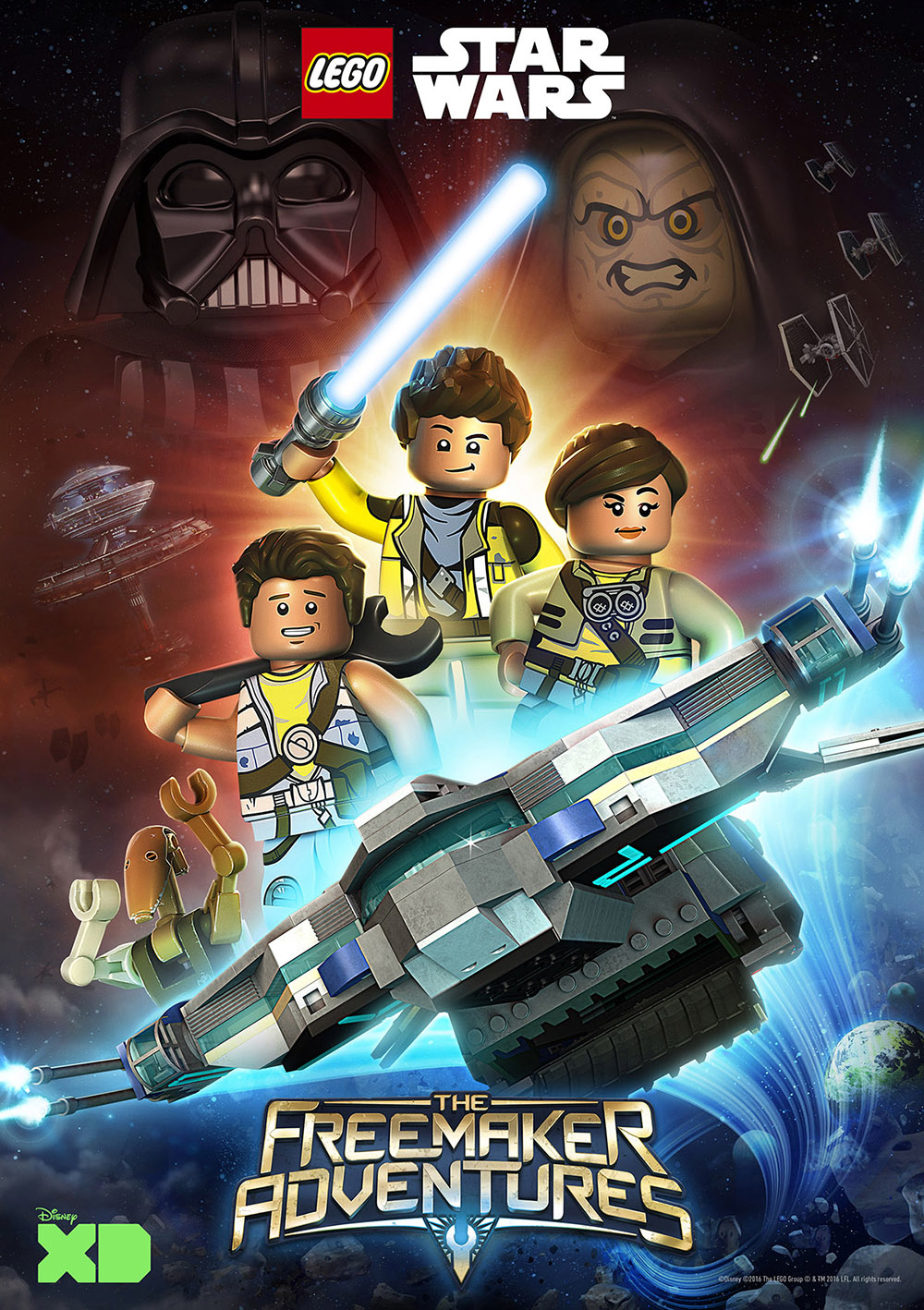
LEGO Star Wars: The Freemaker Adventures
© LEGO
Work at Sony Pictures Imageworks in British Columbia
Hotel Transylvania 4 had a 2D, cartoony style, and I already knew the characters from the earlier movies. I was really in my element, and I got a lot of challenging shots, which was really nice. Toby Pedersen was my lead, and we hit it off and became friends: he’s an animation wizard, but he is also a gem of a person and really looks after his team.
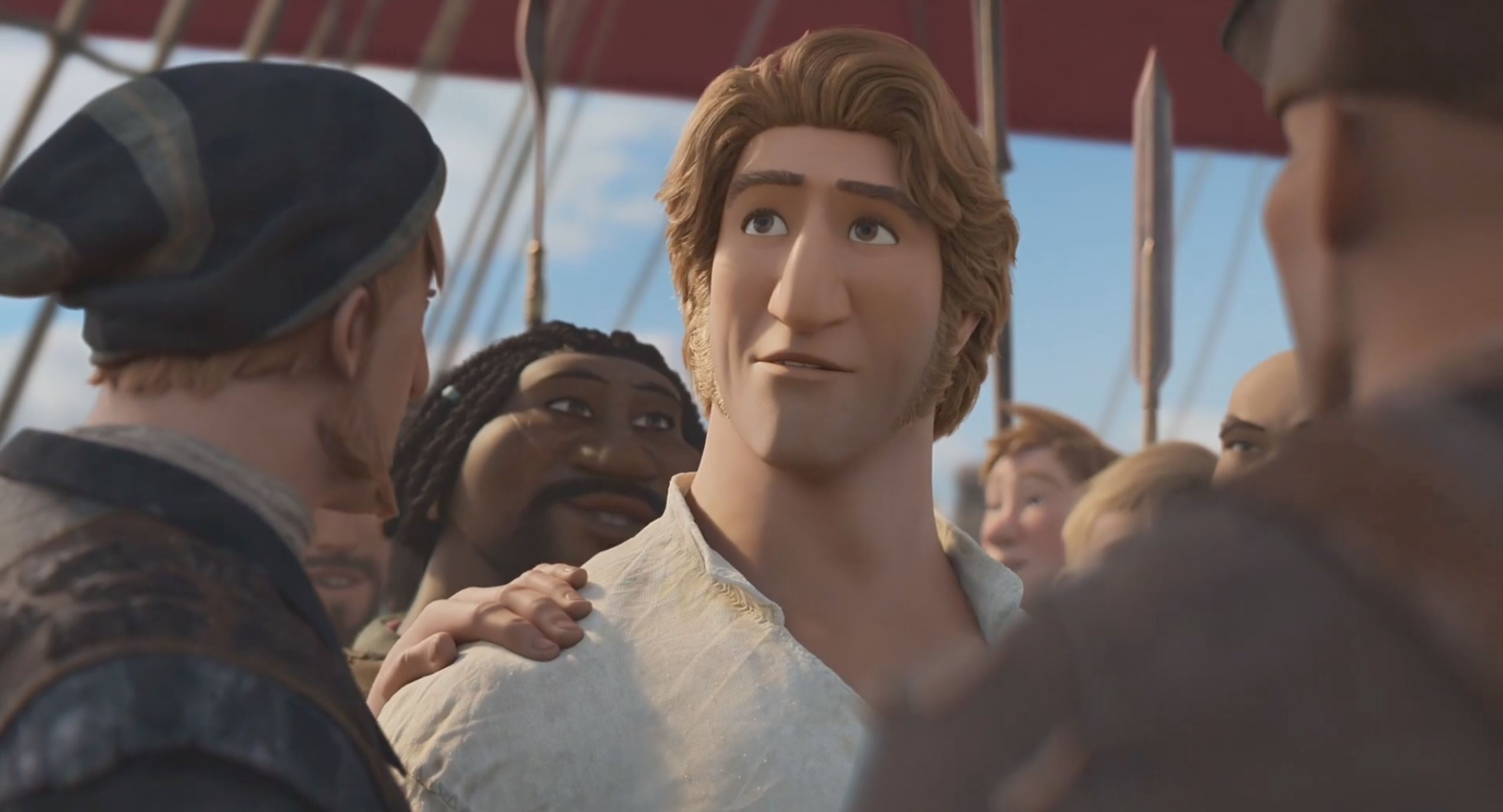
The Sea Beast © Netflix
I finished that film and they immediately put me on The Sea Beast. It was completely different in style, so I went from a toony, wacky, do-whatever-you-want style to a very grounded, naturalistic sea tale where everything was calculated. The animation was very naturalistic and reference-heavy, so I filmed a lot of reference, and it took me a couple weeks to get used to the different animation style. The client was Netflix, and the director (Chris Williams) had gone to Netflix from Disney, and all the boards came from Netflix, so everything was pretty tied down. Even with all that, it could be hectic in terms of reviews. Because there were so many people working on the production, and only so much time for reviews, it was difficult to get your shots seen, and that was hard to get used to.
I thought that I would leave Sony after The Sea Beast, but then Spider-Man started crewing up, and I just had to be on that movie. So I took a few weeks off between projects and visited Denmark, and then started on Spider-Man.
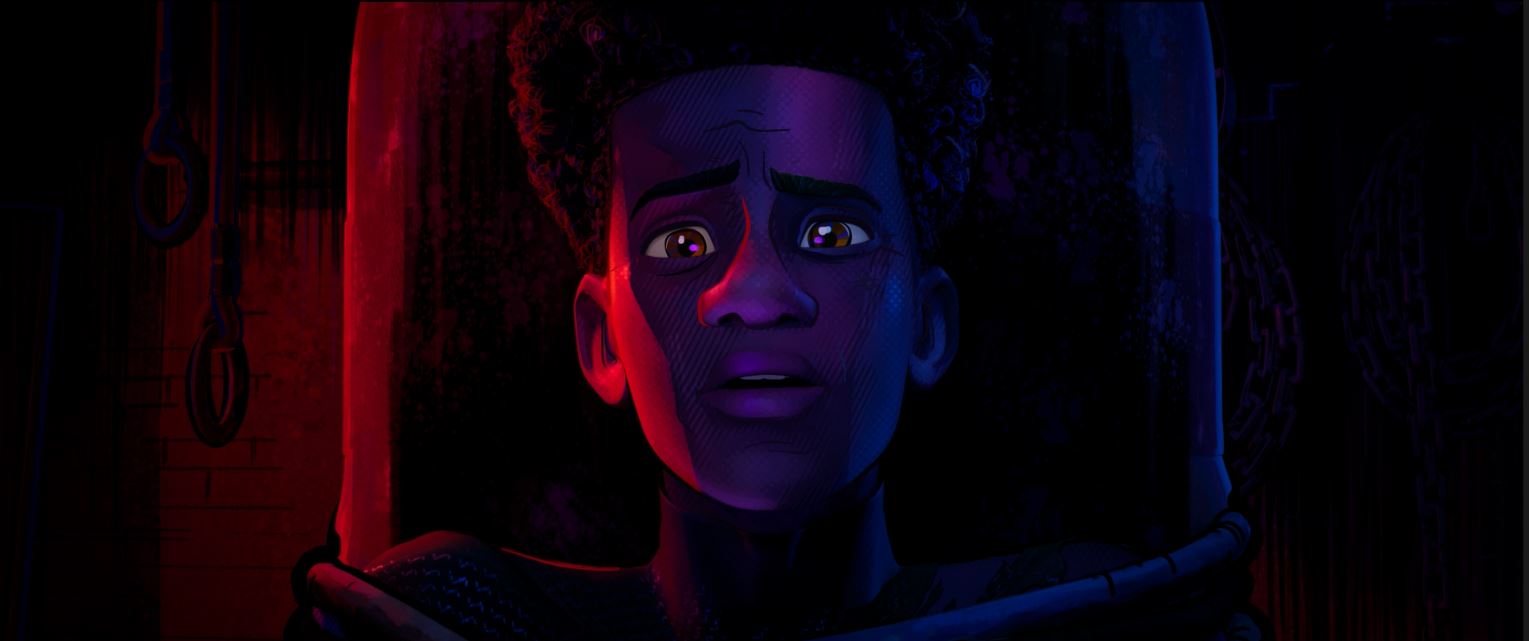
Spider-Man: Across the Spider-Verse © Sony Pictures
For me, the animation style on Spider-Man was a great balance of being stylized and expressive, while remaining grounded and natural. It wasn’t fully one or the other: it wasn’t photo-real, but also wasn’t Loony Tunes, which was a good fit for me.
One of the rules we developed for Miles is that he’s unlike the other Spider-Men, who have extreme pushed poses. He has those types of poses, but not all the way to the extreme; he’s a bit more effortless, like a professional basketball player. Perhaps his arm is pulled in rigidly to punch, but his hand is slightly relaxed, or his fists are tightly clenched, but you slightly relax the knee or the foot. He doesn’t look like he’s exerting himself to the fullest. That can be tough, because as an animator you need to keep him a bit more relaxed and softer than he appears in a comic, but it gives Miles that effortless strength as a character.
Artistically, the hardest part (and this is true on all projects) is knowing when to not move. Sometimes you have to just trust the pose to hold. There is an element of bravery to holding something, and there’s a tendency to just add keyframes out of habit. In Spider-Man in particular, you need to choose strong poses and hold them, just like in a comic.
Sam Surplice
I had a decent amount of shots on the film, and had a few shots and sequences that were challenging in a good way – almost intimidating. My favorite of my sequences is the one where Miles and Miguel are climbing on the train. It was supposed to be three shots or so, but all they said was that “Miles gets past Miguel in this part”, and the dialogue was “my name is Miles Morales”.
The animation director, Bob Persichetti, knew that it was going to take some time to figure out, so we had a lot of back-and-forth about it. That sequence leaned on pretty much all the skills I had picked up along the way: taking direction, taking artistic responsibility, even editing as well, because they said I could take as many shots as I needed in the sequence, as long as it was panelized and artsy and cool. That sequence was a four month rollercoaster for me, it was very intense. When it got approved, people clapped for me in the studio, and it was so nice.
Spider-Man: Across the Spider-Verse © Sony Pictures
A New Chapter in Denmark
After my time at Sony, I came back to Copenhagen and started working as a freelance animator for my own clients. After a big feature, your resume has a bit more weight, which gives you more autonomy as a freelancer. I wanted to have more control over my projects and my schedule, and make more of my own choices. I didn’t want to ask for permission to take a day off or go on holiday.
It’s not sustainable to work 10-11 hour days and 70-80 hour weeks year after year. Animation is an art form; it should be sheer expression. As an artist, you need time to recover your energy and your inspiration. You need to recharge properly in order to restore your drive and figure out what you want to do creatively.
The industry really pushes people to their limits, especially in North America, where animators feel like they can’t take time off because they aren’t getting paid enough, and they have a ton of student loan debt. Look at the strikes that are going on right now: the writers, actors, and The Animation Guild are trying to explain that we can’t do this forever.
Sam Surplice
The industry relies on every new generation of graduates to replace artists lost to burnout, and to work long hours for low wages. Everyone is struggling and studios go out of business, while the CEO buys their second yacht. Something has to change.
In the movies, there’s a common storyline where the main character is done with everything, and they go off to a log cabin or something in the middle of the woods, to get away from it all, and they relax and are happy there. Then they get the call to come out of retirement for one last job… I have ideas for new and unusual ways to use animation, to use it to tell different types of stories.
Right now I’m doing some work for a Danish games company and polishing my skills in Blender, and I am also working for a Scottish studio on a pitch for a TV show, but I am talking to a lot of people and keeping my options open. I would love to do more features, and I would love to do something weird and unexpected. I want to take some creative risks and be a bit grungy, and not be too safe, too cookie-cutter. That’s an itch I want to scratch. If A24 did an animated movie, I would jump on it. I may also want to do a short film of my own someday.
For now, if people see Spider-Man: Across the Spider-Verse, it can only help me and everyone who worked on it. In the meantime, support the strikers, join a union, and pay artists what they are worth.
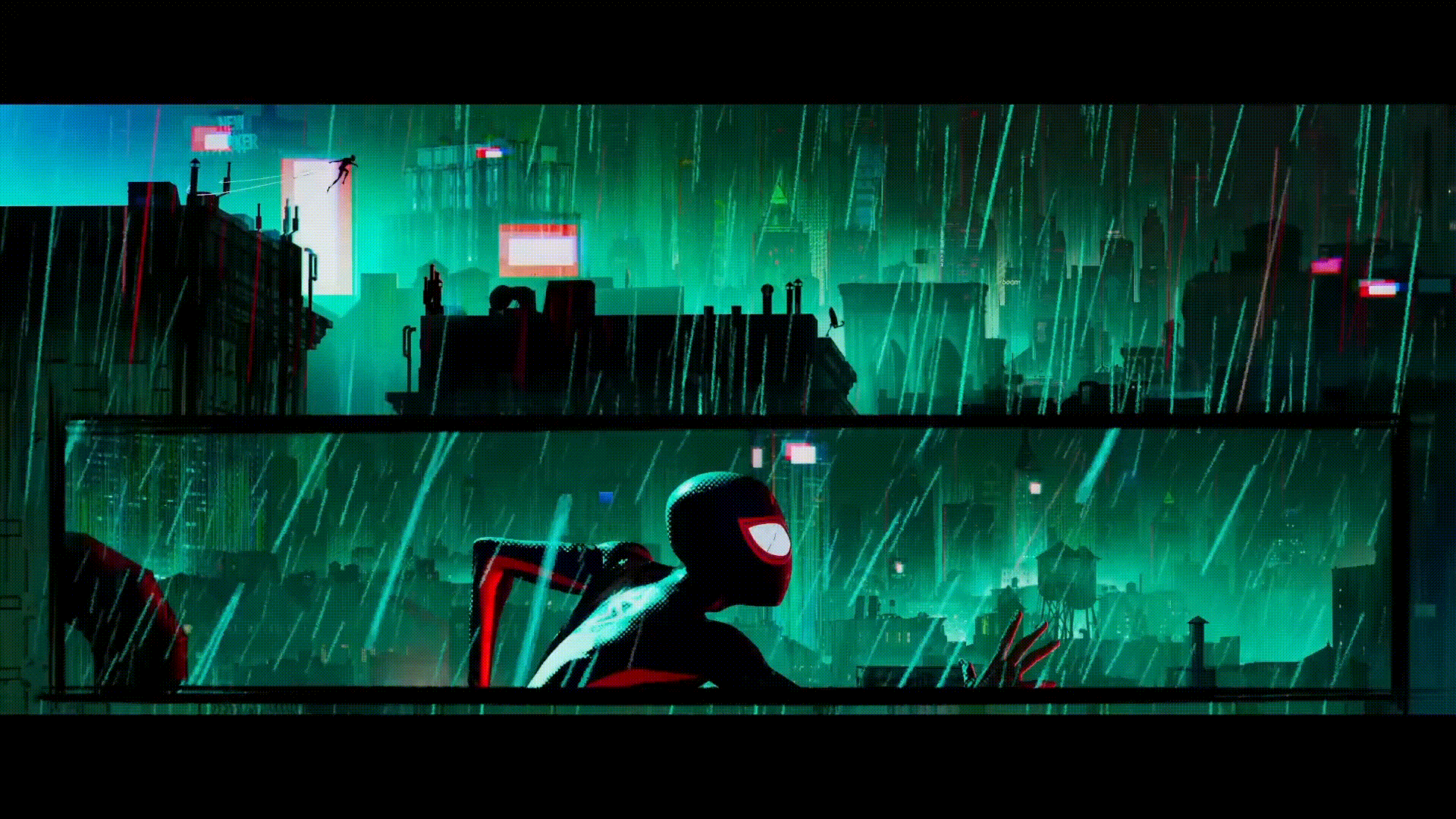

Spider-Man: Across the Spider-Verse © Sony Pictures
Watch Spider-Man: Across the Spider-Verse
on your friendly neighborhood streaming service
starting August 8th.
Support artists at www.IATSE.net and www.animationguild.org
Credits
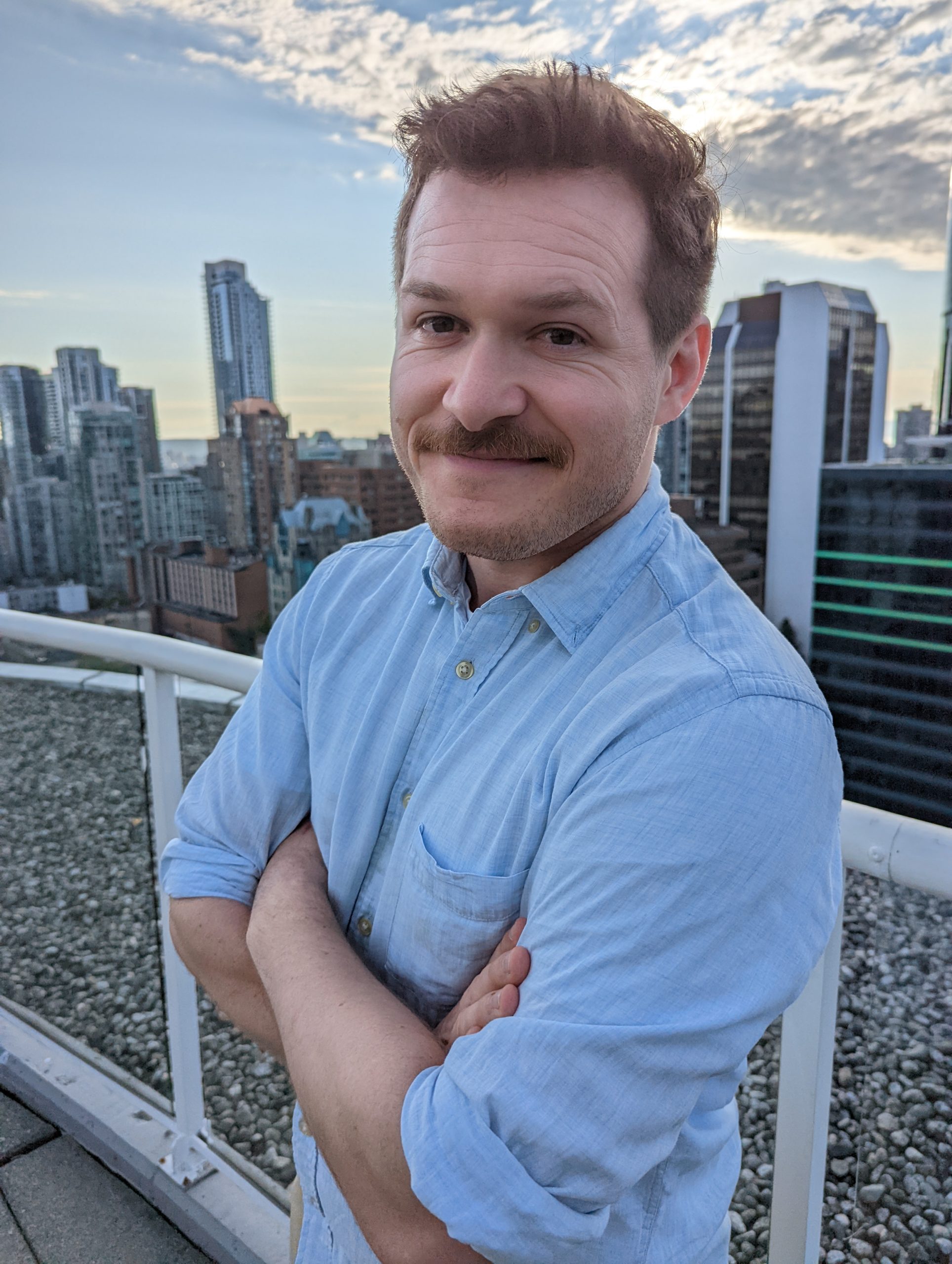
Meet the Artist
Sam Surplice
Where can you find Sam?
For more Spider-Man: Across the Spider-Verse articles, check out Cartoonbrew
Collaborators

WeAnimate Magazine is dedicated to all the people who animate and make things, lines, and ideas come to life.
WeAnimate ApS is founded and owned by The Danish Animation Society (ANIS) www.anis.nu
Tell us what you think? Tell us at hello@weanimate.dk | #weanimate | our Privacy Policy